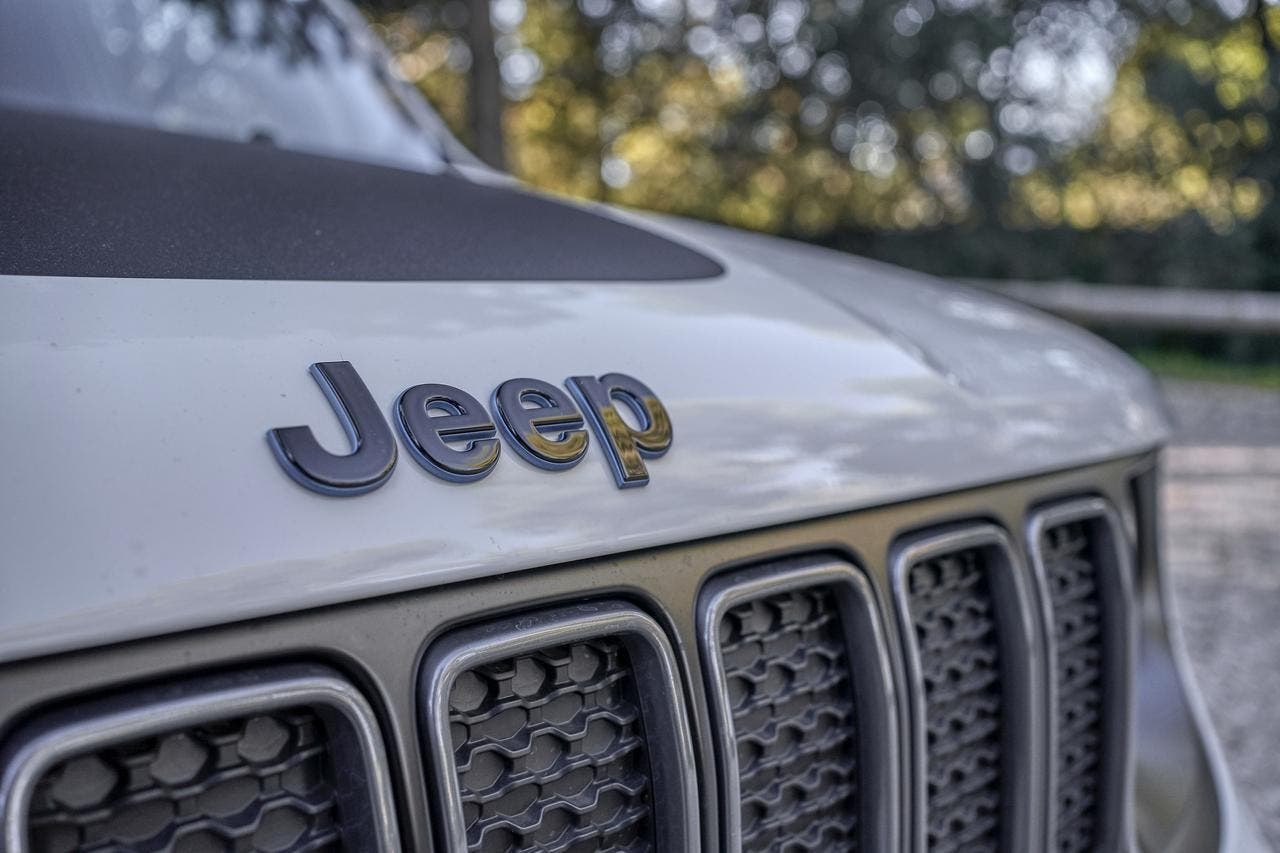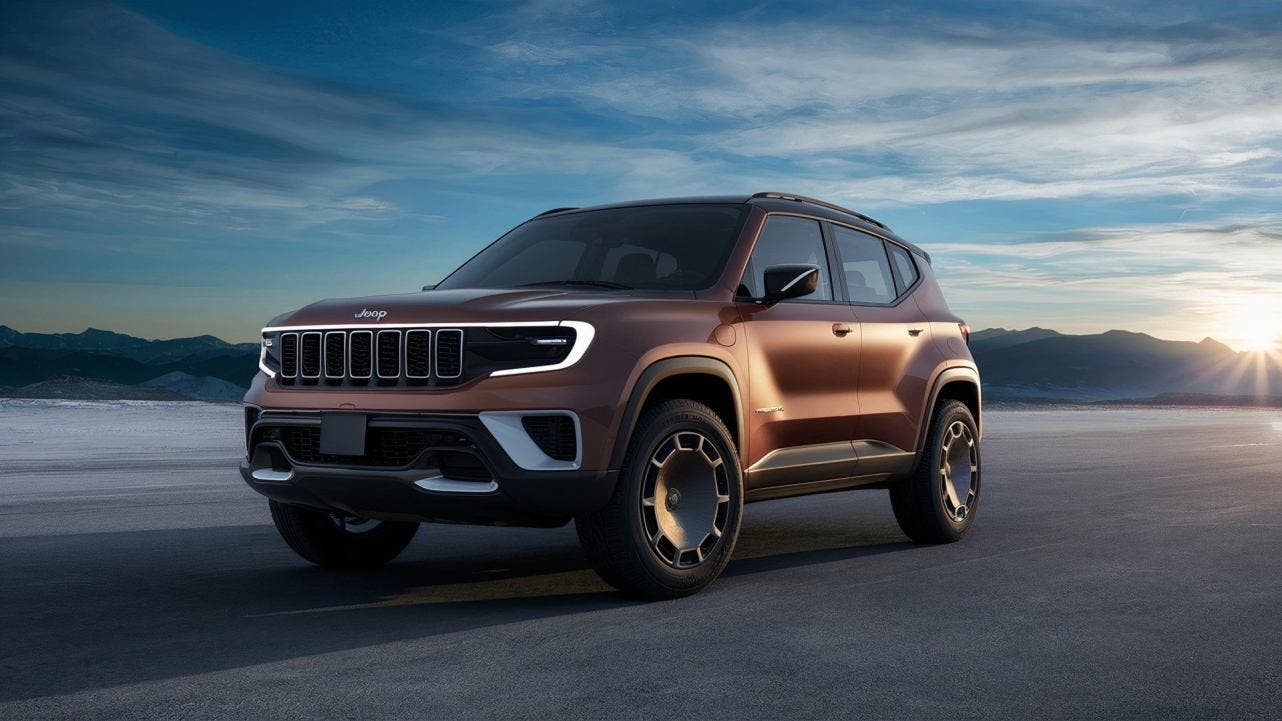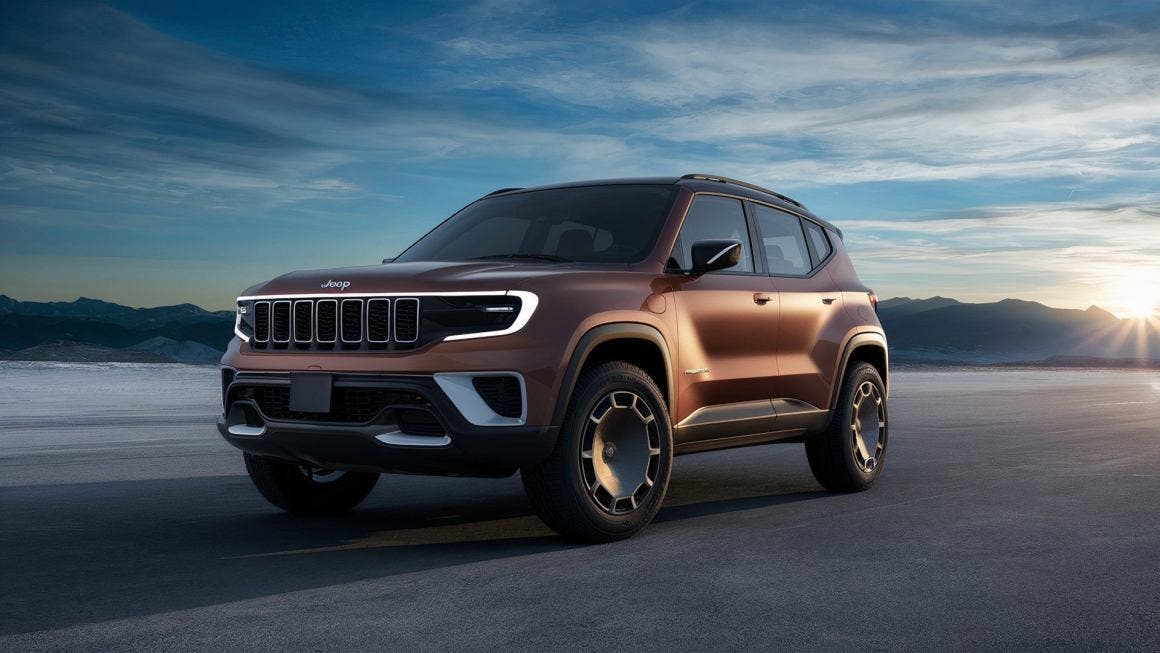The new Jeep Renegade will be launched in 2027 and will include an electric version priced under $25,000 in its range. This vehicle is designed for the US market, where electric cars are not currently very popular. The electric version of this model will fall into the subcompact or “B” segment and aims to boost brand sales, which has the goal of exceeding 1 million vehicles sold annually in the United States.
New electric Jeep Renegade aims to capture US market

Like the recent Jeep Wagoneer S, Jeep’s first electric car to be sold in the USA, the new Jeep Renegade EV will also be supported by a new multi-energy platform capable of using multiple propulsion technologies. This means there could also be gasoline, hybrid, or plug-in versions, although it’s likely that the zero-emission version will adopt a different design from the rest of the range.
The electric version of the new Jeep Renegade should help lower the average price of electric vehicles in America, which is currently around $56,000. Batteries are the most expensive component of an electric vehicle. To reduce production costs, Carlos Tavares, CEO of Stellantis, stated that the Renegade EV will use lithium iron phosphate, or LFP, batteries rather than the more familiar lithium-ion technology used in most of the new electric vehicles, including the Jeep Wagoneer S.
This will allow for a reduction of about 25 percent in the price of a battery pack, although LFP cells have a lower energy density, meaning the vehicle needs a larger pack or sacrifices range compared to models using lithium-ion batteries.

Currently, there are no sources for American-made LFP cells, as China’s CATL is the main supplier of this technology. Stellantis could seek to produce those batteries independently in one of the three plants it has confirmed it will install in North America: one in Canada and two in the United States. In this article we show you a render made with artificial intelligence that hypothesizes the design of this future model.
